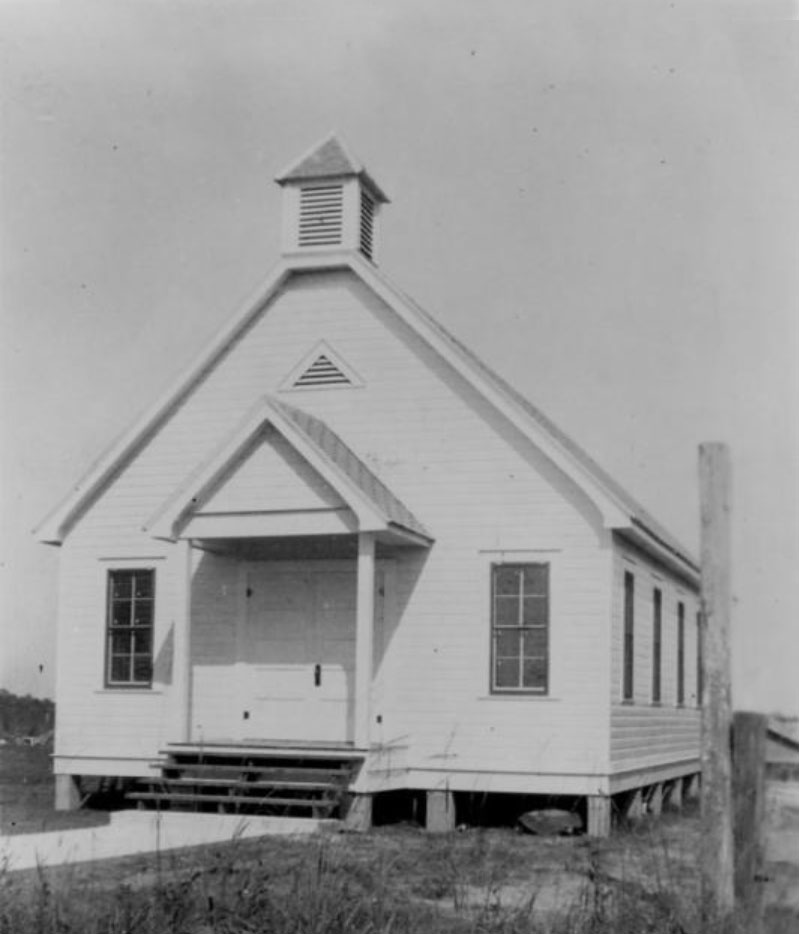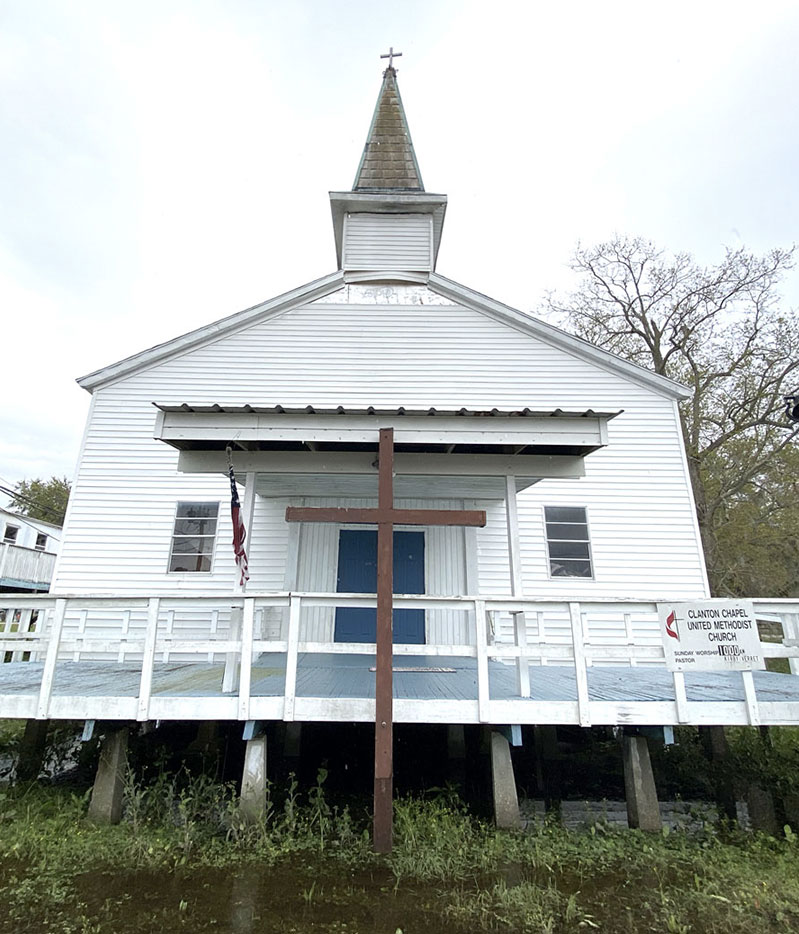By hannah orgeron, staff writer
While the United Houma Nation’s traditional religious practices have mostly been lost over time due to the integration of Catholicism and Protestantism, religion is still an integral part of their lives today.
Micheal Dardar, UHN historian, says the Catholic and Methodist religious practices were brought to the people by religious leaders and church groups starting schools. When the Indigenous people could not attend school, many Catholic and Methodist church communities fought to give them an education. When the Native Americans would attend the Catholic and Methodist schools, the teachers within the schools were teaching their religion and the citizens began adopting it.
Father Paul Du Ru was the first person to start a Catholic Church within the Baton Rouge area.
“Paul Du Ru stayed in the tribe ever since Catholics stayed in the tribe and he is especially relevant in the Grand Caillou community,” Dardar says.
Ann Bolton of the Diocese of Baton Rouge, says Du Ru was the first person to hold a Catholic mass in that territory.
According to the Native Heritage Project website, in the 1700s, Du Ru travelled with Iberville and instructed the Houma Natives to build the first Catholic church, St. Paul’s, in the Mississippi Valley in Bayou Goula, Louisiana in Iberville Parish.
Du Ru eventually left to go back to Canada, but the teachings of Catholicism stayed with the Native people, who continued practicing Catholicism, passing the faith down from one generation to the next and replacing the old traditions.
Helen Duplantis, a United Houma Nation citizen who works at the Southdown Plantation, says religion is very important in the area.
“I grew up in a Catholic Church,” Duplantis says. “It was dominant in our area and we had a segregated church along the bayou. Our parents wouldn’t attend, but they made sure that we would.”
Duplantis says her parents were more traditional and hadn’t fully adopted the Catholic religion, but wanted to make sure that the children got opportunities to go to church and have a sense of religion that was going along with their schooling.
In the Dulac and Dularge areas, the Methodist communities started to evolve into larger groups. The religious leaders of the Methodist church noticed there was not a school system in place, so several started schools that evolved into a community center. The schools were employed by religious leaders who taught Methodists practices. As the children went to school, they started to adopt the Methodist religion into their lives.
“Today a lot of people aren’t in the Catholic church, they are Methodist now and following the Methodist church,” Duplantis says.
The Methodist religion was introduced by Rev. Anatole Martin in 1912, according to the document labeled Clanton Chapel. Anatole traveled across the bayou in a canoe to Bayou la Butte where a community of Houma families lived. This area no longer exists because in the 1930’s everyone started to move closer to the Dulac Mission Center. In order to be closer to the schools and the church community.
The citizens of Dulac needed a place to hold services because they were taking place within residents’ small homes. According to another document from the United Houma Nation Archives, when Clanton met with the teacher of the Dulac Mission Center to see the work that was taking place, she and her husband decided to donate money to build the chapel.
In 1936, the chapel opened and it served to fill the spiritual, social and physical needs of the people.
Although previous generations had more traditional spiritual practices, the newer generations have adopted the beliefs and practices of non-natives, leading to the practice of modern day religions.
PODCAST Tribal member Corine Paulk talks about religion and the United Houma Nation.
before and after
clanton chapel


